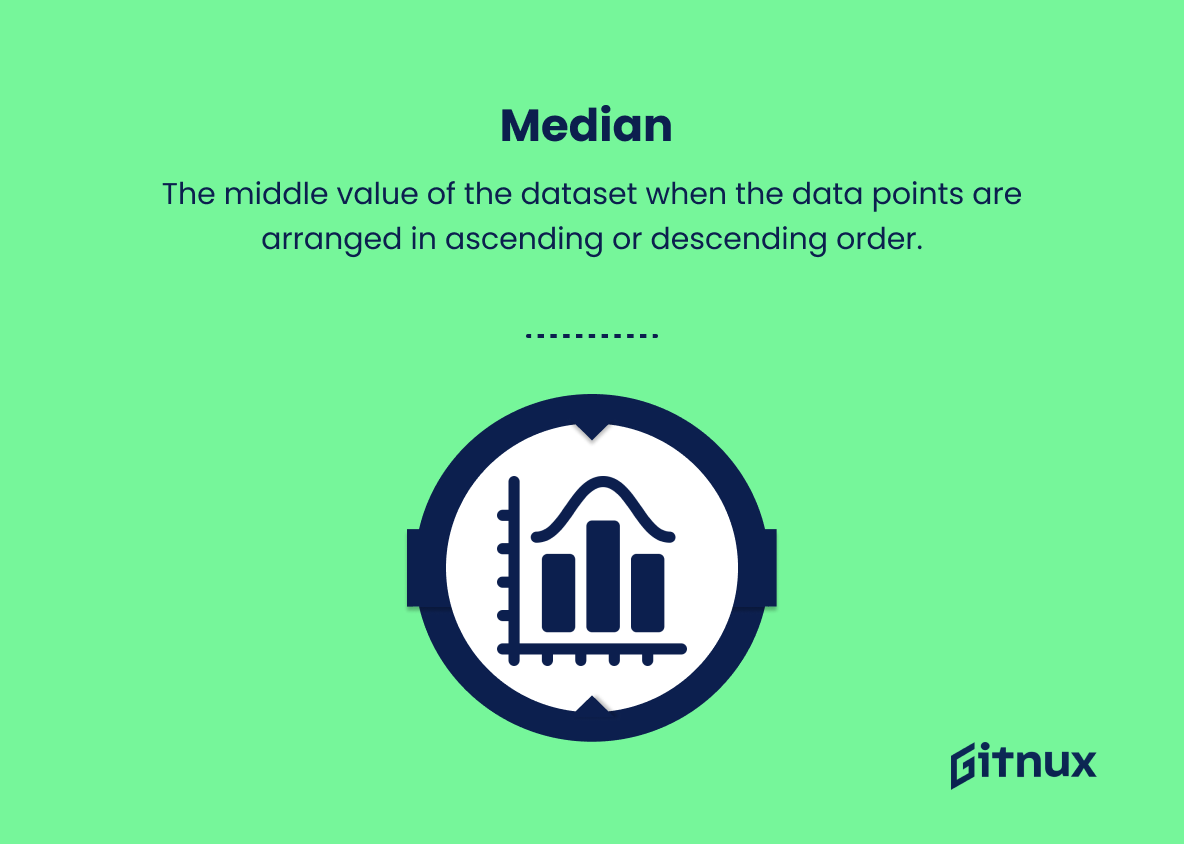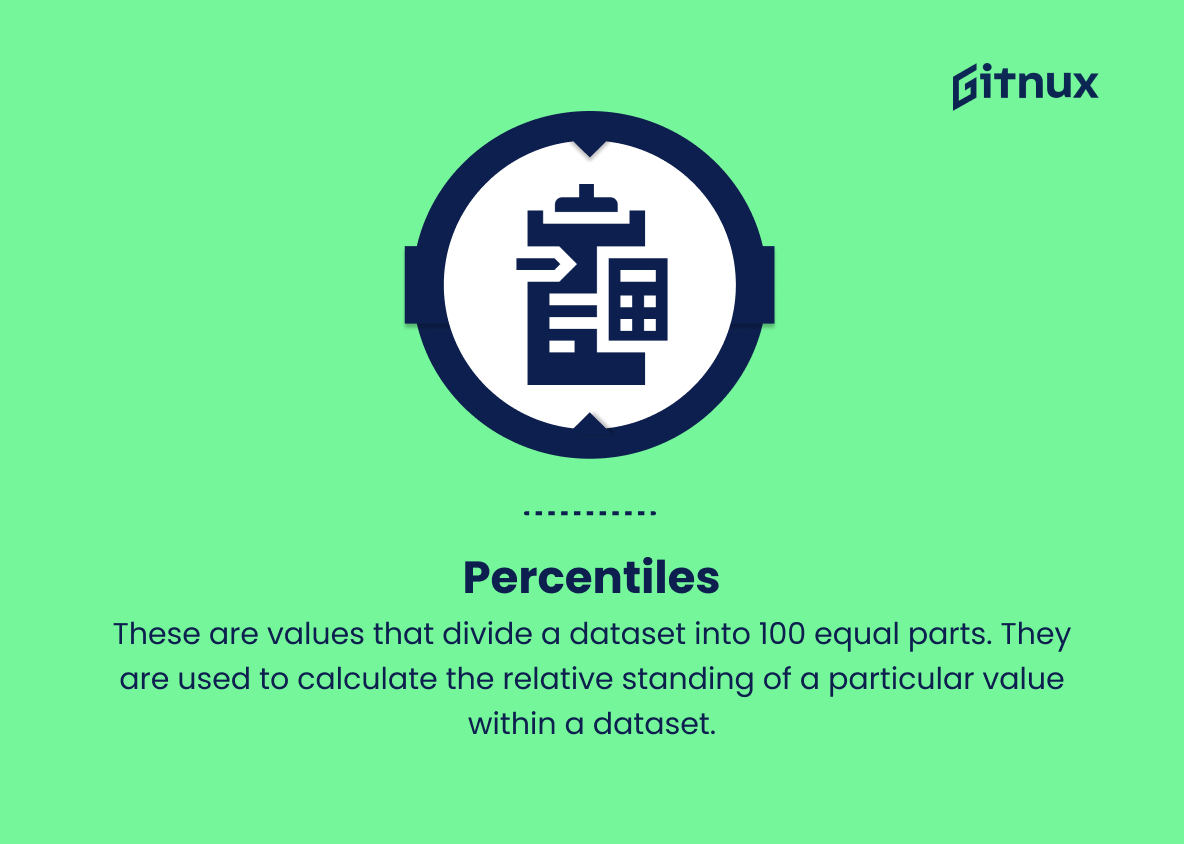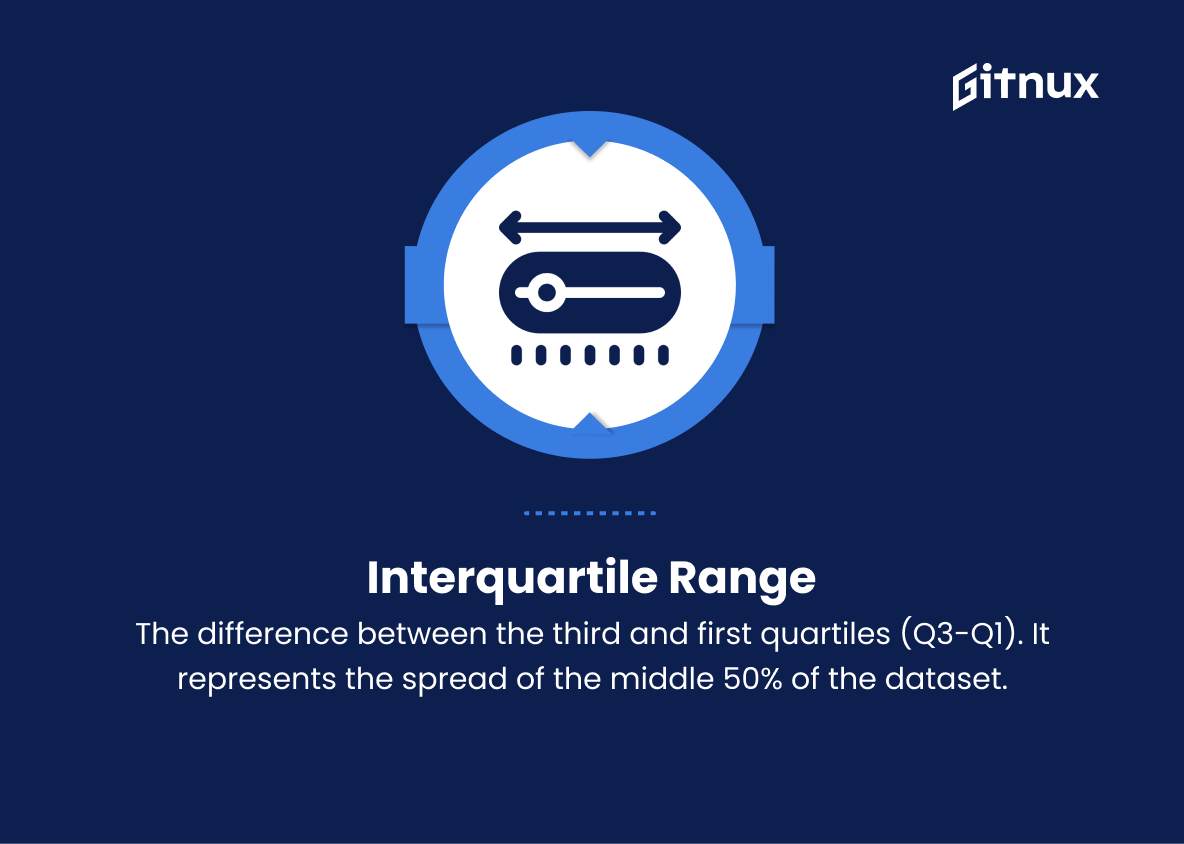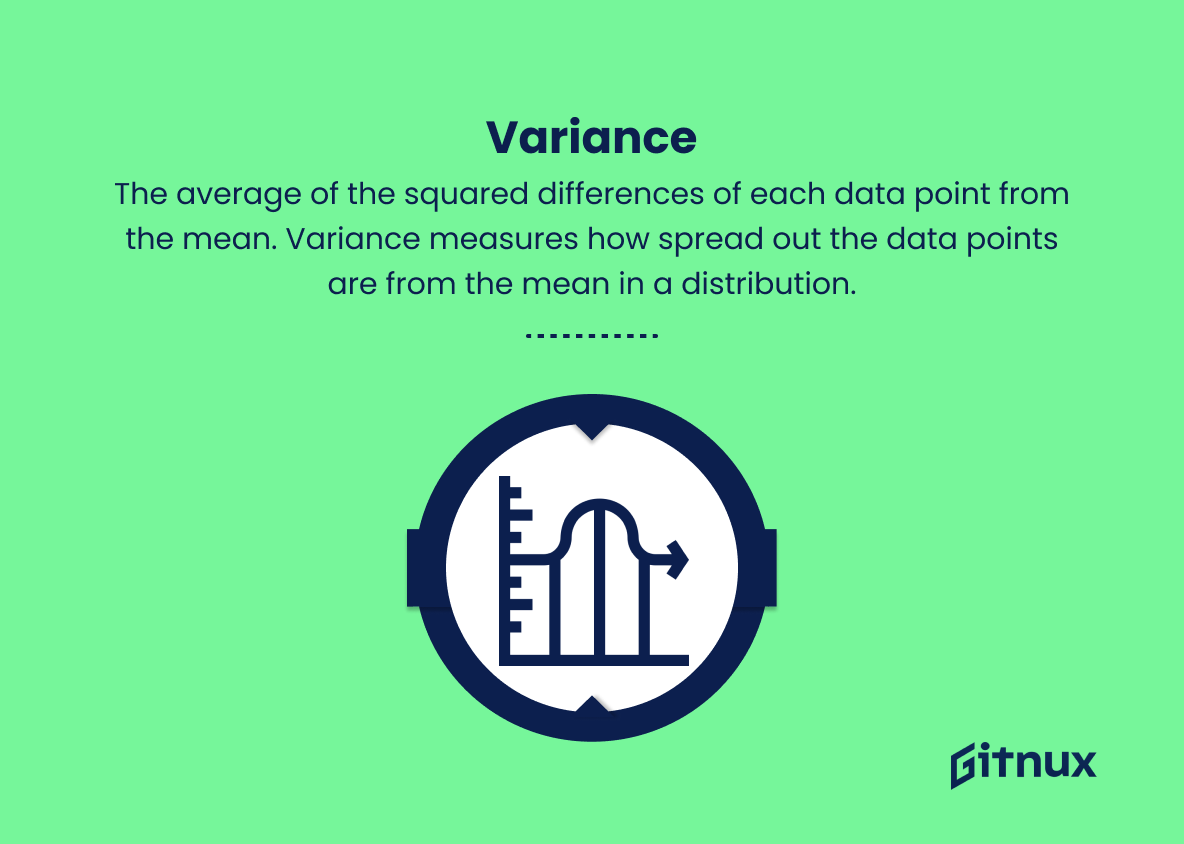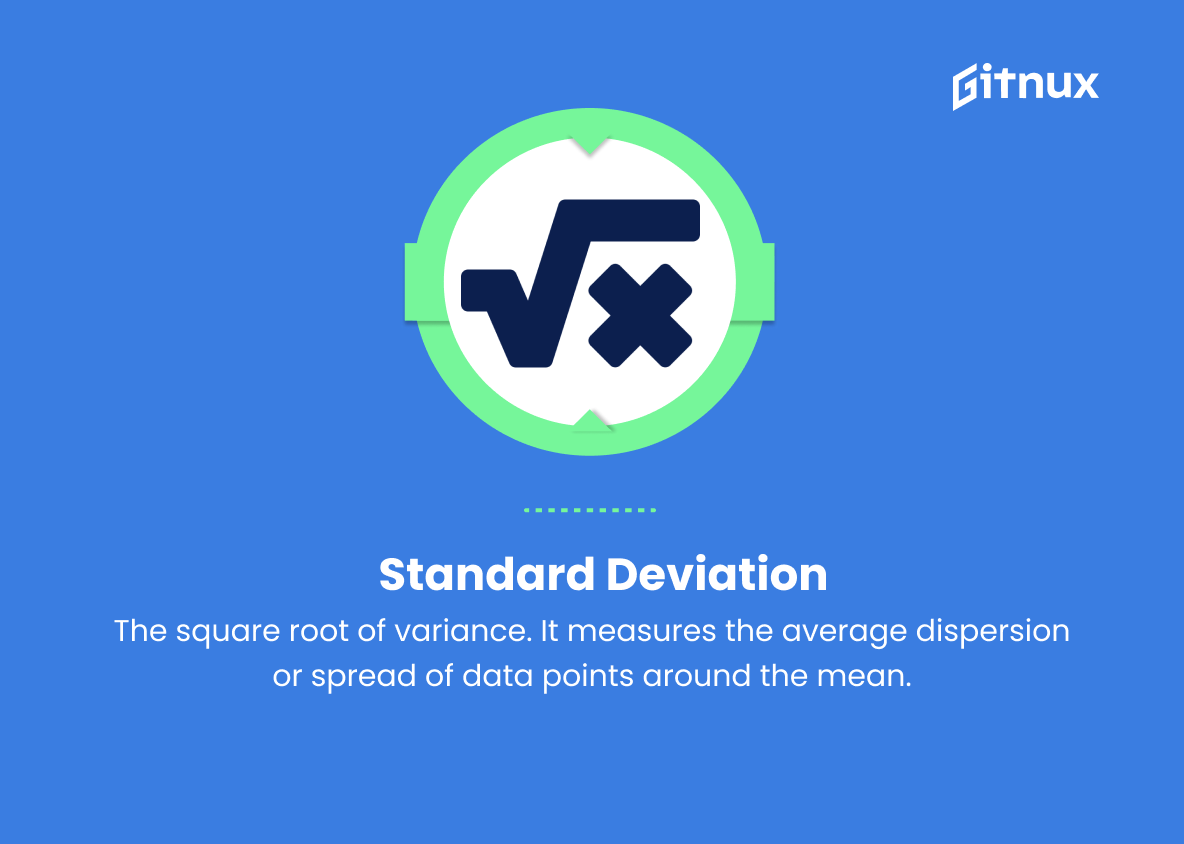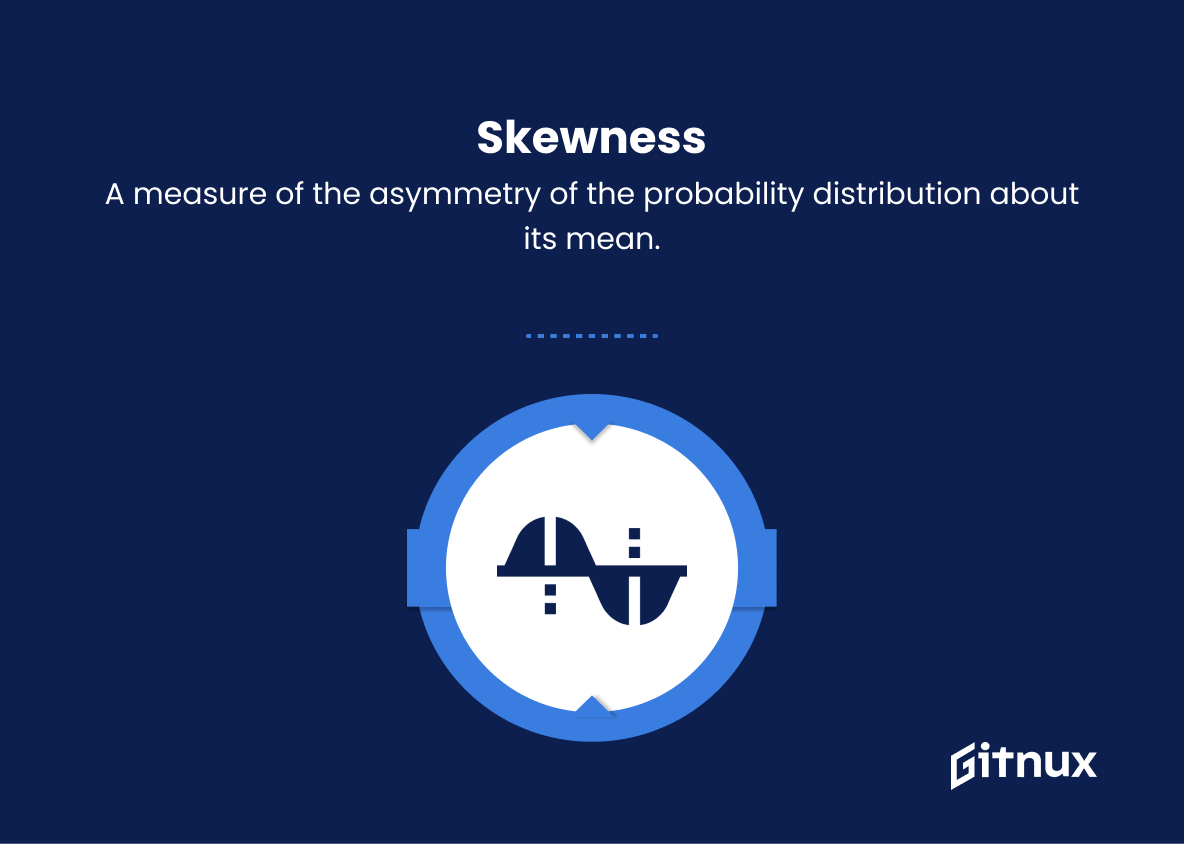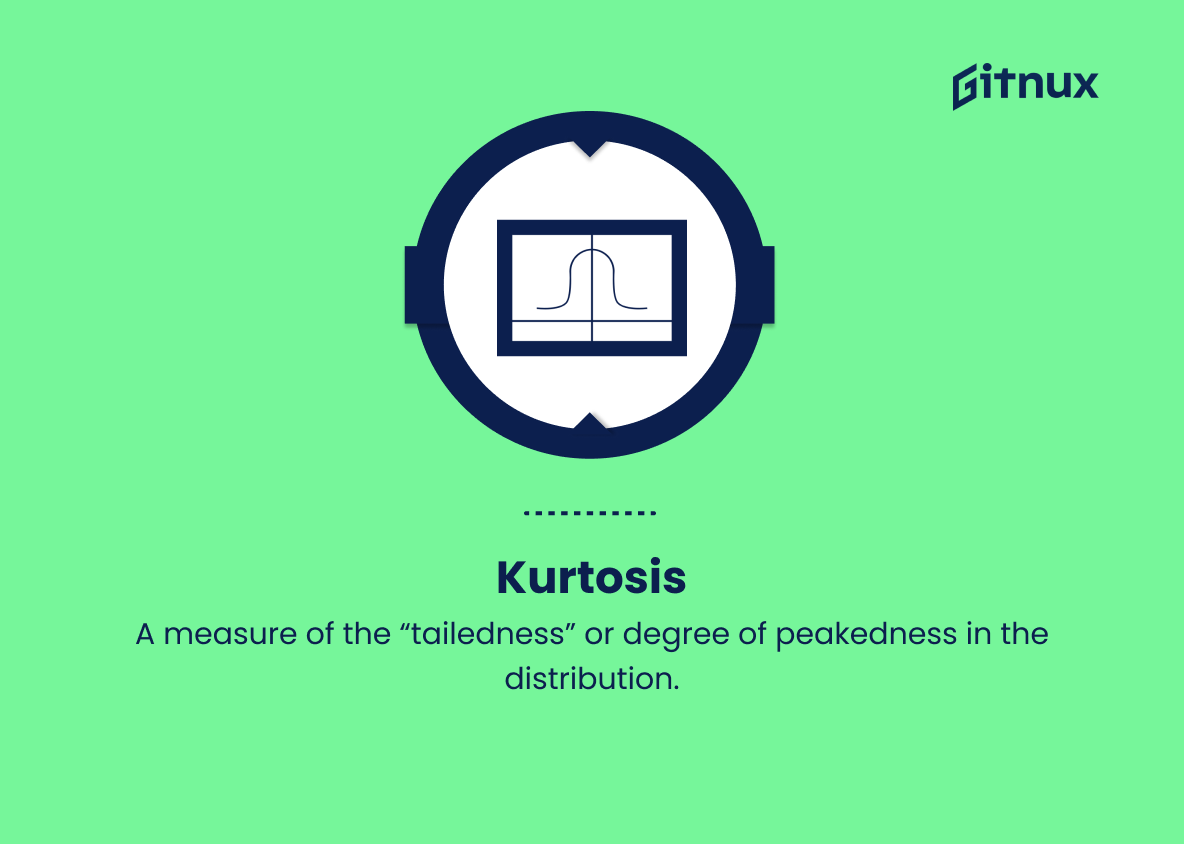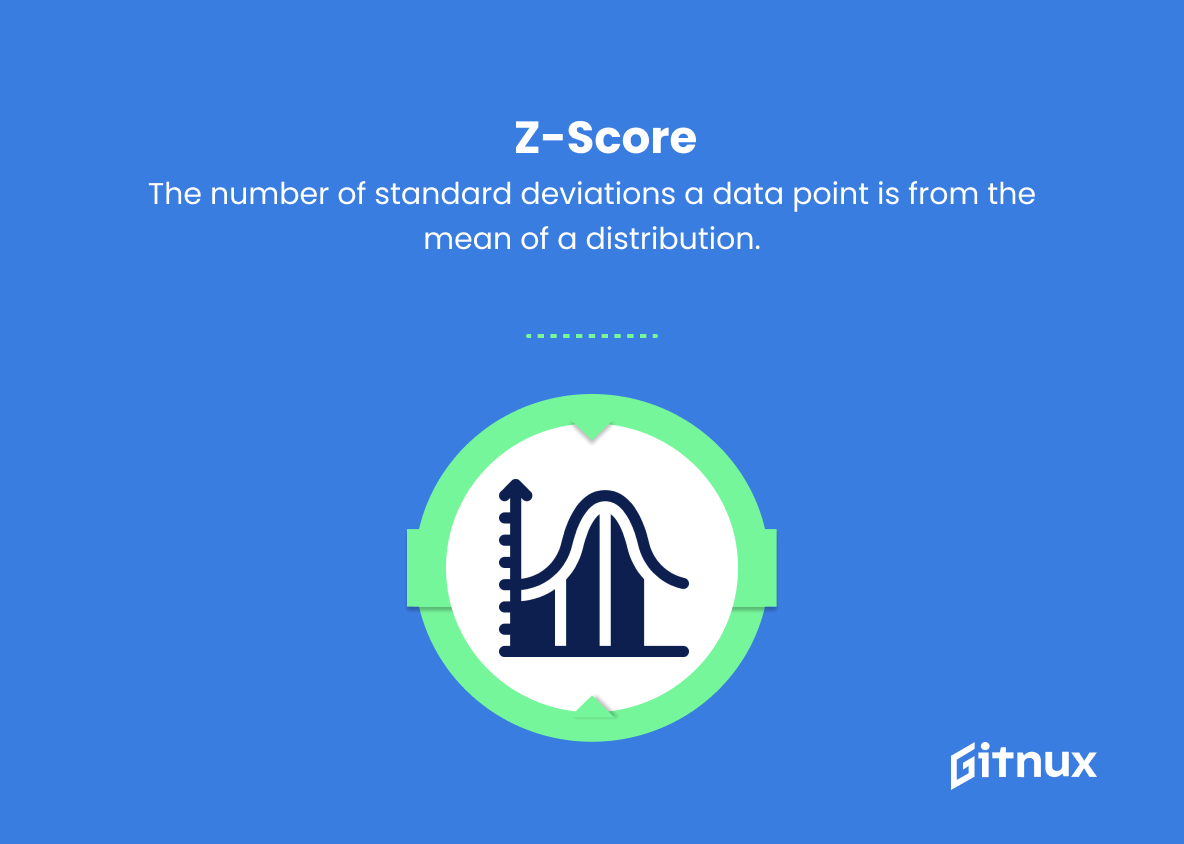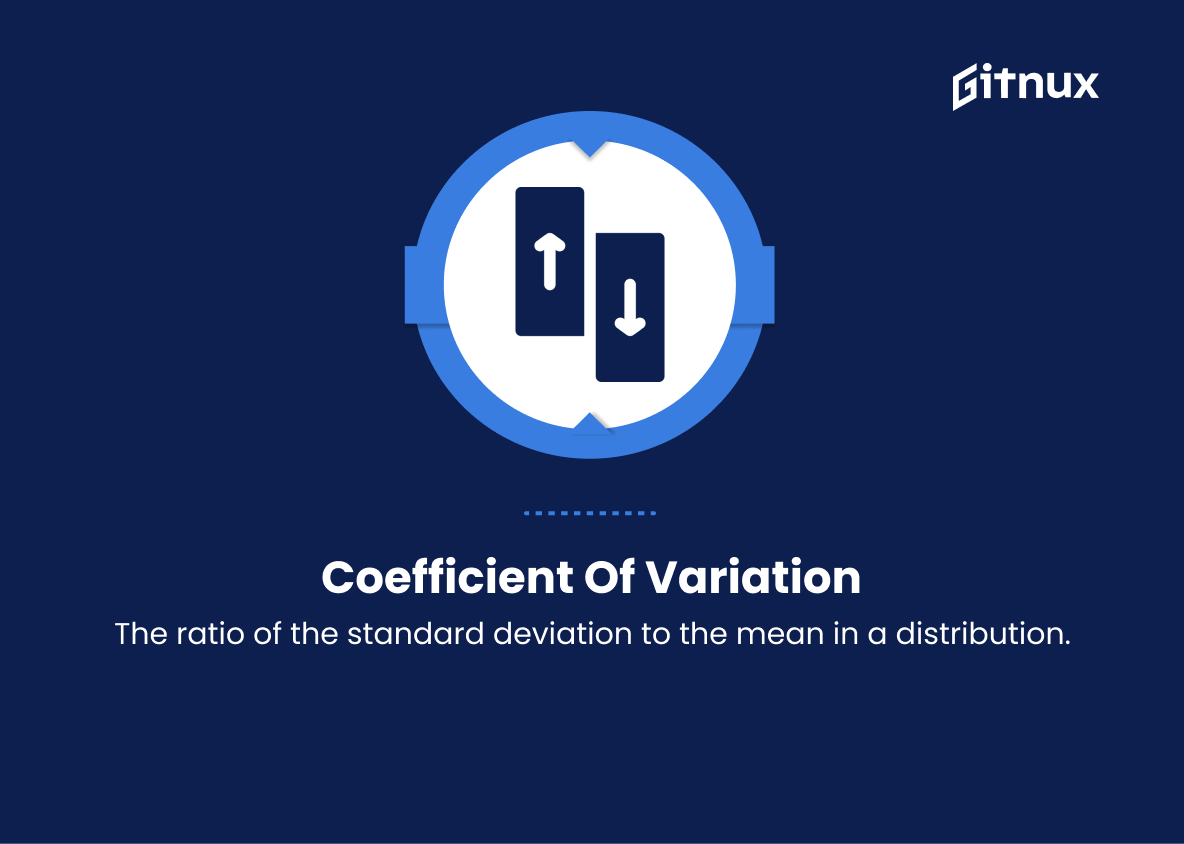In today’s data-driven world, businesses and marketers are continually seeking ways to optimize their strategies and maximize returns on investments. Distribution metrics play a crucial role in gaining insights into the effectiveness of content distribution efforts, helping organizations make informed decisions on where to allocate their resources and identify opportunities for growth. In this blog post, we delve deep into the world of distribution metrics, exploring the key indicators to measure, the importance of understanding audience behavior, and the power of using these metrics to drive your content marketing strategy forward. So, without further ado, let us embark on this analytical journey and unlock the potential of a well-informed approach to content distribution.
Distribution Metrics You Should Know
1. Mean (Average)
The sum of all data points divided by the total number of data points. It represents the central tendency of the distribution.
2. Median
The middle value of the dataset when the data points are arranged in ascending or descending order. It represents the central location of the distribution and is less affected by extreme values (outliers).
3. Mode
The most frequent value in the dataset. It indicates the value with the highest probability of occurrence.
4. Range
The difference between the maximum and minimum values in the dataset. Range shows the spread of the data points.
5. Percentiles
These are values that divide a dataset into 100 equal parts. They are used to calculate the relative standing of a particular value within a dataset. For example, the 25th percentile represents the value below which 25% of the data points lie.
6. Quartiles
These are values that divide a dataset into four equal parts. The first quartile (Q1) represents the value below which 25% of the data points lie, the second quartile (Q2) is the median (50th percentile), and the third quartile (Q3) represents the value below which 75% of the data points lie.
7. Interquartile Range (IQR)
The difference between the third and first quartiles (Q3-Q1). It represents the spread of the middle 50% of the dataset.
8. Variance
The average of the squared differences of each data point from the mean. Variance measures how spread out the data points are from the mean in a distribution.
9. Standard Deviation
The square root of variance. It measures the average dispersion or spread of data points around the mean.
10. Skewness
A measure of the asymmetry of the probability distribution about its mean. A positive skew indicates a long tail on the right side of the distribution, while a negative skew indicates a long tail on the left side.
11. Kurtosis
A measure of the “tailedness” or degree of peakedness in the distribution. High kurtosis values indicate a more peaked distribution with heavy tails, while low kurtosis values indicate a flatter distribution with light tails.
12. Z-score
The number of standard deviations a data point is from the mean of a distribution. It is used to determine the relative standing of a single data point within the context of the entire dataset.
13. Coefficient of Variation (CV)
The ratio of the standard deviation to the mean in a distribution. It is used to normalized measure of dispersion, which allows comparison of variability across distributions with different units or mean values.
Distribution Metrics Explained
Distribution metrics play a crucial role in understanding and interpreting data. The mean represents the central tendency of the distribution, offering a quick insight into the general pattern of the dataset. Median, which is less affected by outliers, indicates the central location of the distribution. The mode identifies the most frequently occurring value, providing a sense of the highest probability of occurrence. Range measures the dispersion of data points, while percentiles and quartiles are used to partition the dataset into equal parts providing an understanding of the relative standing of a value. The interquartile range represents the spread of the middle 50% of the dataset, providing insights into data distribution within the central portions.
Variance and standard deviation provide information about the spread of data points from the mean, allowing for better interpretation of data patterns. Skewness indicates the asymmetry of the distribution, while kurtosis provides information on the distribution’s peakedness and tail characteristics. The Z-score helps to determine the relative standing of a single data point within the dataset, and the coefficient of variation enables comparison of variability across distributions with different units or mean values. Overall, these metrics are essential tools for comprehending the behavior and characteristics of different types of data distributions.
Conclusion
In summary, distribution metrics provide invaluable insights into the effectiveness and reach of your content, allowing you to make data-driven decisions to improve your marketing strategies. By closely monitoring these metrics, businesses can discover growth opportunities, refine their targeting, and optimize their campaigns for maximum impact. It is crucial for marketers to not only understand the relevance of each metric but also invest time and resources in tools and technologies to accurately measure them. As digital landscapes continue to evolve, staying ahead of the curve in distribution metrics will ensure that your content reaches the right audiences and delivers the desired results for your brand’s growth and success.

